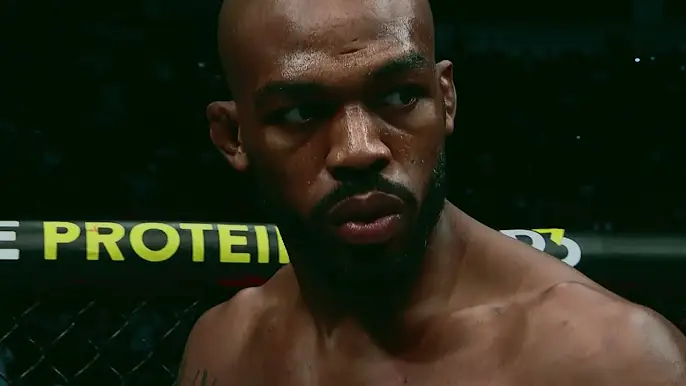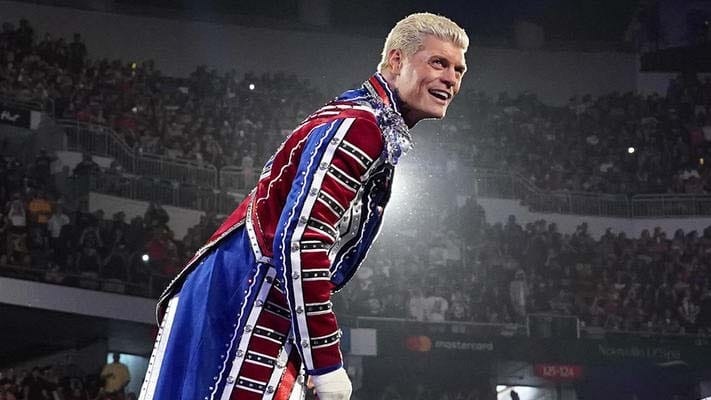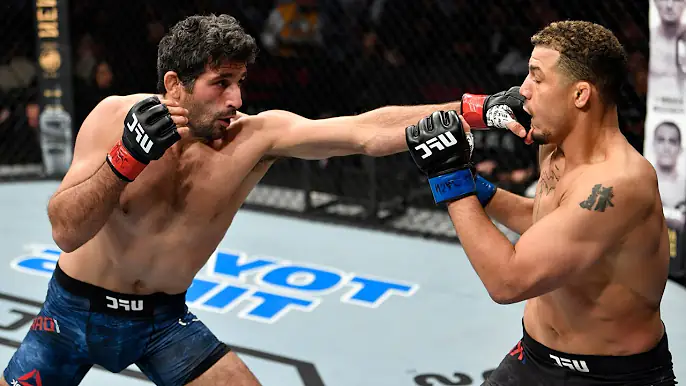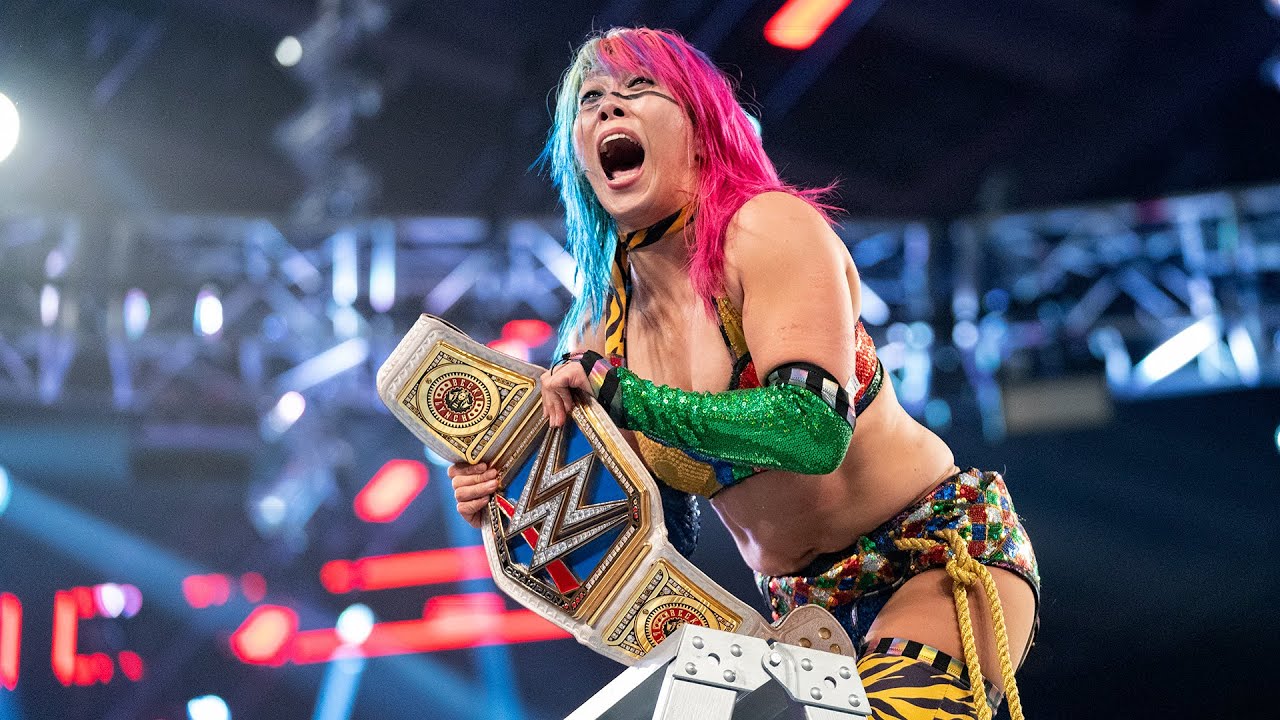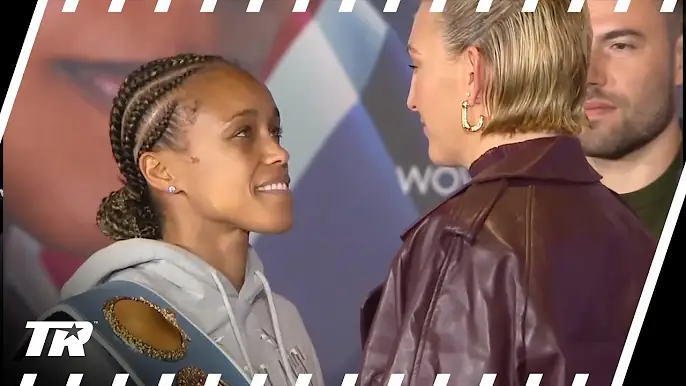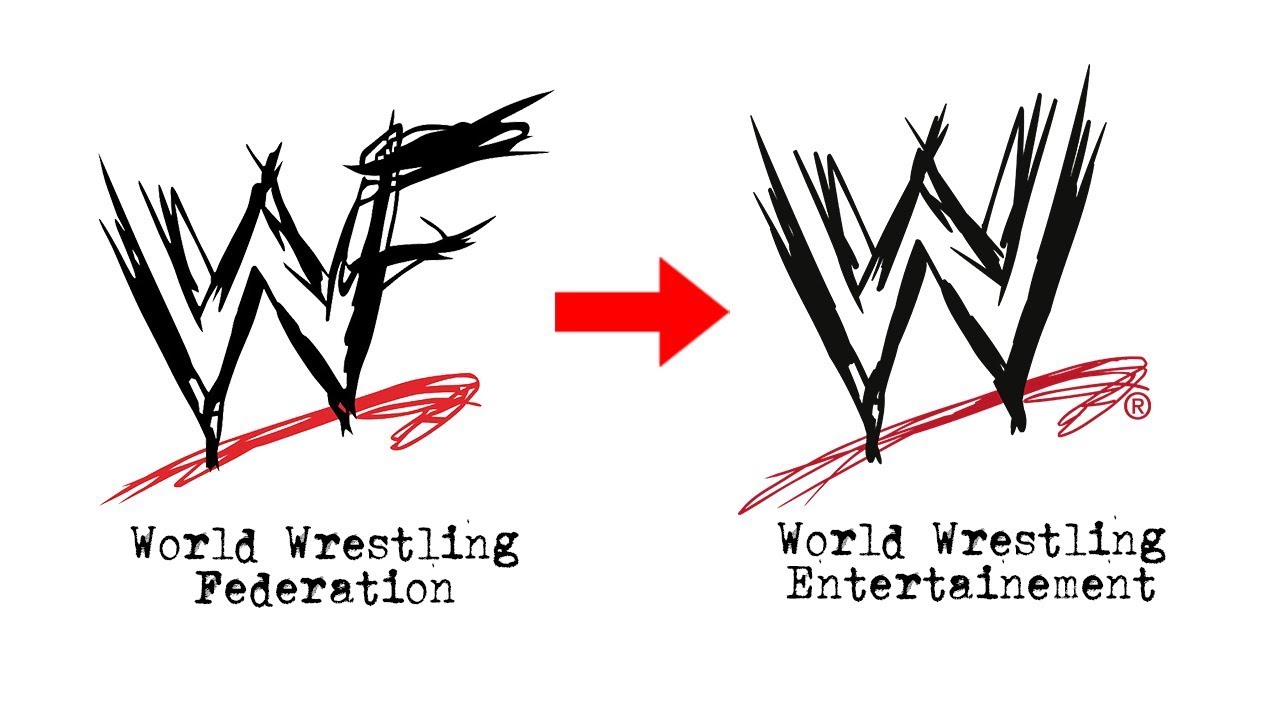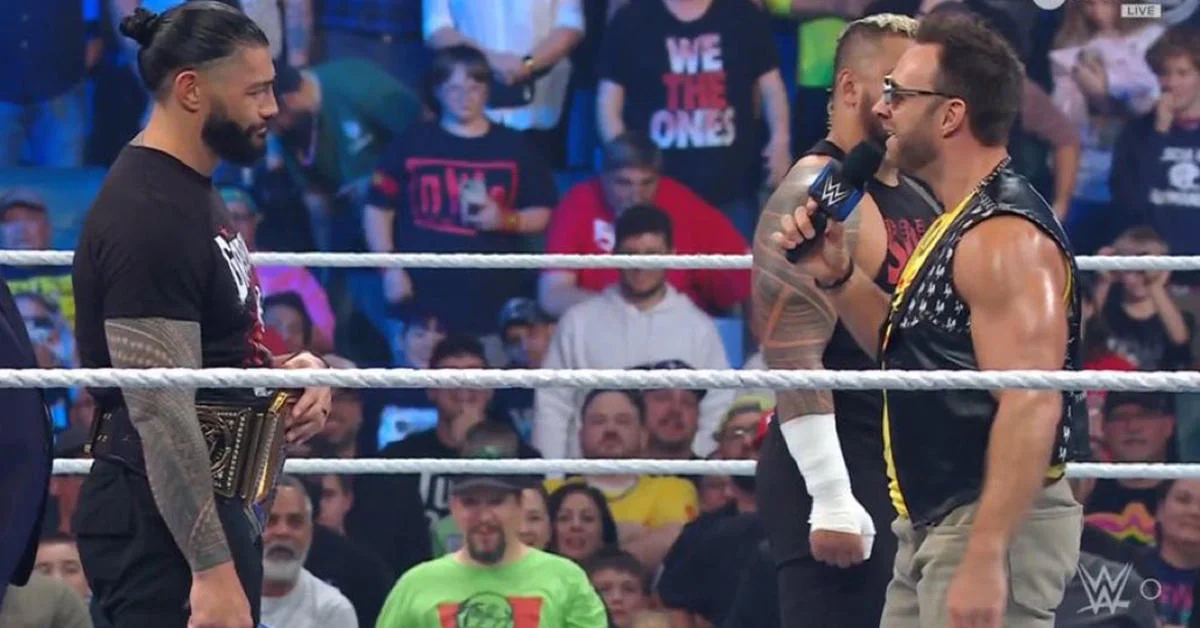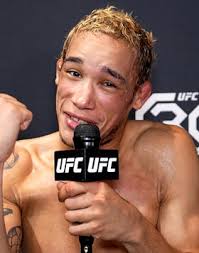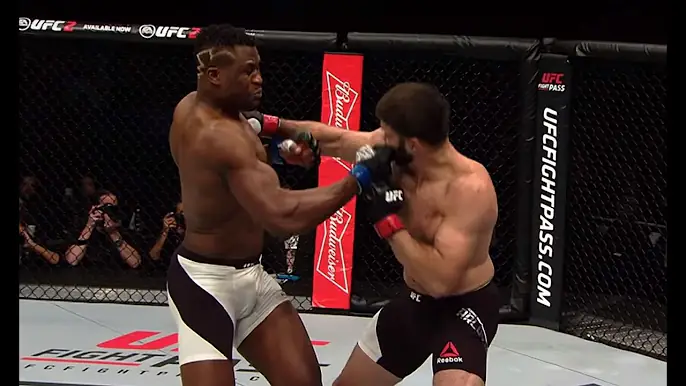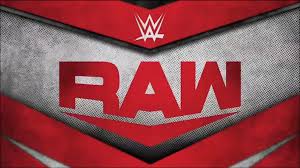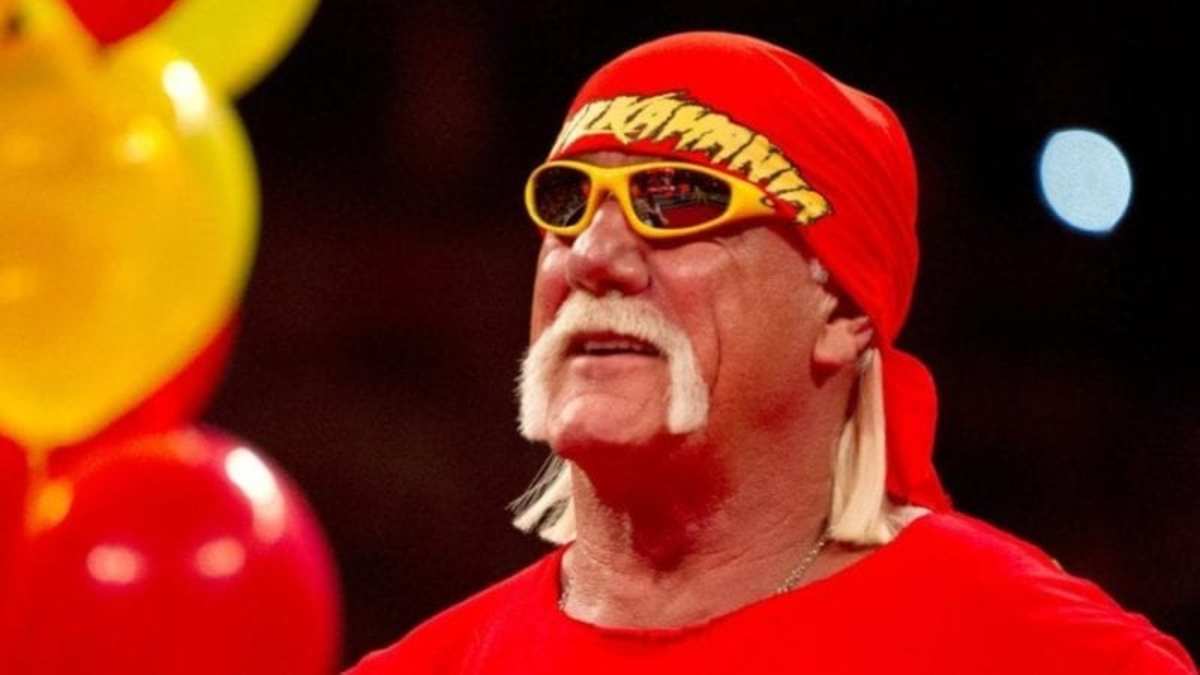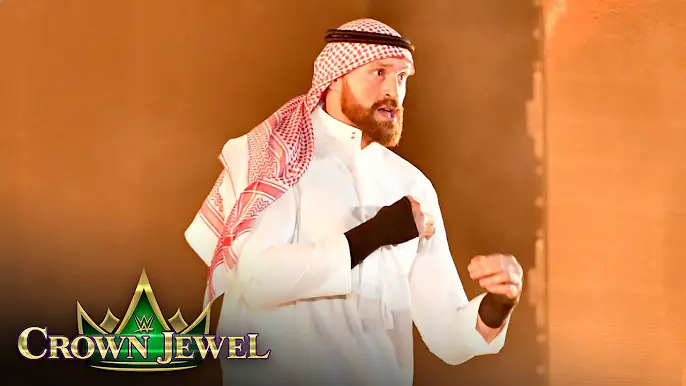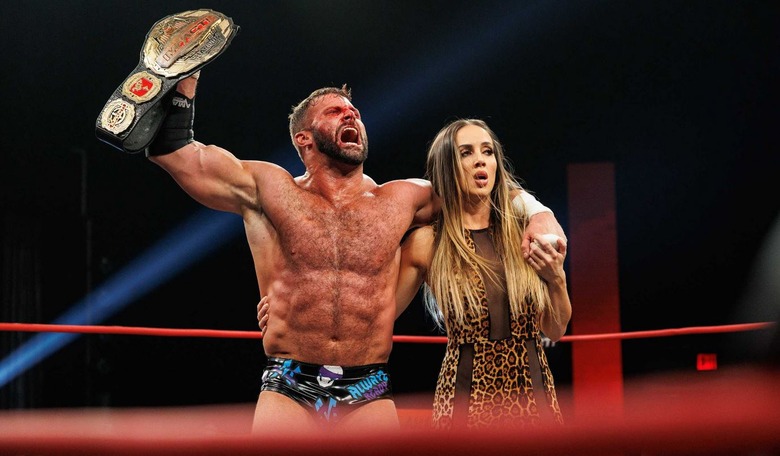The Influence Of International Wrestling Styles On WWE
Professional wrestling brings athleticism and theatrical storytelling together into one spectacle. The sport has cultural roots in many areas of the world. WWE, the worldwide leader in professional wrestling, has a tradition of borrowing a lot from different styles across the globe. This melting pot of styles and traditions significantly influenced the in-ring product and storytelling for WWE, evolving and diversifying its shows. This article deliberates on the effect that international wrestling styles have had on WWE. It talks about how Mexican Lucha Libre, Japanese Puroresu, and British Catch Wrestling, among many other international wrestling traditions, started influencing WWE.
Lucha Libre of Mexico
History and Style
Lucha Libre means “free fight,” which is applied primarily to professional wrestling in Mexico. Identified by high-flying moves, a faster-paced series of holds and counterholds, and masked wrestlers or luchadores, the genre has been a part of the culture since the beginning of the 20th century. The masks are crucial to them; remember that a mask may identify a wrestler, heritage, or even mystique.
Influence on WWE
The first impact of Lucha Libre on WWE was realized by including a Mexican wrestler in the company’s roster of wrestlers. Wrestlers like Rey Mysterio, Eddie Guerrero, and Alberto Del Rio introduced this high-flying aspect that characterized Lucha Libre into WWE and thrilled audiences by showcasing their athleticism and acrobatic moves. In particular, Rey Mysterio became an icon, winning many championships, and is one of the most adored WWE superstars.
It’s in the cruiserweight division of the WWE, however, that Lucha Libre truly flexes its muscle. It is a place where fast-paced aerial battles are perfect, as fights in this division are taken with speed and agility. The WWE’s Cruiserweight Classic tournament in 2016 held up quite well; it broke out the popularity and impact of Lucha Libre, sustaining many luchadors themselves and introducing an entire next generation of wrestling fans to this inspiring style.
This, in turn, influenced WWE’s style of character development through storytelling with masks and personas. The basis of masked wrestlers in WWE was furthered by Sin Cara and Kalisto, mysterious masked wrestlers from the present wrestling world.
Japanese Puroresu
History and Style
Puroresu is Japanese for “professional wrestling.” Unlike Western professional wrestling, the wrestling style of puroresu is hard-hitting and realistic. Not indulging in theatrics as espoused by their Ricola-bound Western counterparts, strong-style wrestling is what it relies on. This demands advanced stamina, toughness, and technique from its wrestlers.
Influence in WWE
There seems to be a strong influence of Puroresu in WWE concerning style and the quality of the match. The three primary appellants from Japan representing WWE were Antonio Inoki, Tatsumi Fujinami, and Jushin Thunder Liger, all of whom had bucks and represented their view regarding wrestling based on the strong-style approach.
Over the last few years, WWE has indeed brokered a handful of high-profile Japanese wrestlers, transplanting Puroresu directly into the company itself. Shinsuke Nakamura, Asuka, Io Shirai, and Kairi Sane are a few Japanese imports who have made a big splash in WWE. Their matches often have stiff strikes, submission holds, and an athletic level of performance, which is Tarih yespets of Puroresu, taking WWE’s in-ring product to another degree quite frequently.
But perhaps the most significant case of Puroresu’s influence can be seen in WWE’s developmental brand, NXT. This synthesis is evident in how most matches for NXT have shifted to a strong-style wrestling and physical, hard-hitting-oriented display. This is visible in the cases of Finn Balor, who had enormous tenure in Japan before being formally signed to WWE, and Samoa Joe, whose in-ring style is currently deeply influenced by Puroresu.
British catch wrestling
History and Style
British Catch Wrestling, or catch-as-catch-can wrestling, is rooted in the 19th century. Grappleness, joint locks, and submissions majorly characterize the style. Unlike most styles that generally focus on striking or flying around the ring, this one deals with ground techniques and mat wrestling. This bred many legends among wrestlers and influenced the technical side of professional grappling to a great degree.
Influence on WWE
British catch wrestling has been a massive part of the technical wrestling style associated with WWE. Many wrestlers, like William Regal, Fit Finlay, and Dynamite Kid, brought this catch wrestling style into WWE and spread the essence of technical grappling and submission wrestling amongst wrestling fans. Their influence lies in the matches of modern WWE wrestlers, who focus on technical efficiency and mat-based wrestling.
The United Kingdom Championship Tournament and the subsequent creation of NXT UK have further shone a light on the influence of British wrestling in WWE. Wrestlers such as Pete Dunne, Tyler Bate, and Zack Gibson have superimposed catch wrestling with modern wrestling techniques to bring an exciting ring product to fans.
Next is robotics process automation, where NXT UK has become more or less of a spotter platform for British wrestling talent, whereas in its matches, significant roots of grappling or submission techniques associated with catch wrestling are found. This would add another dimension to how WWE went about the programming to develop an attraction to the fan, valuing the art and skill of mat-based wrestling.
Canadian Wrestling
History and Style
Canada has a long history of professional wrestling focused on technical grappling and telling a story. Canadian multifunctional wrestlers can mix both catch wrestling and high-flying with strong-style wrestling. The Hart family did a lot toward defining the identity of the local wrestling style, mainly through Bret Hart and Owen Hart. What has been most associated with it is technical excellence and ring psychology.
Influence on WWE
It is through Canadian wrestlers that WWE received the most jolt in its in-ring style and storytelling approach, with Bret “The Hitman” Hart being, without a single shadow of a doubt, one of the best technical wrestlers to step into a WWE ring. He revolutionized telling stories in the ring. His suggestion can be currently witnessed in the work of modern-day wrestlers who have taken a liking to technical skill and psyche in their performances.
Other Canadian grapplers will join the immemorial marks that Chris Jericho, Edge, and Trish Stratus have left on this very soil of WWE. Jericho’s versatility and innovativeness, Edge’s style in fusing high-flying with technical wrestling, and Stratus’s work in pioneering the women’s division have all interfaced with the evolution of WWE’s in-ring product.
The Hart Dungeon was, at one time, the professional wrestling training facility under the operation of the Hart family that has groomed various WWE superstars who set examples of the style. Many wrestlers—llike Chris Benoit, Natalya, and Tyson Kidd—aare said to have emerged from the Dungeon. It includes superstars who have carved a niche with their technical expertise, athletic performances, and in-ring storytelling—gains gathered from Canadian wrestling in WWE.
Lucha Libre in the Contemporary Era
Lucha House Party
Over the past few years, WWE’s Lucha Libre style has been alive and thriving through factions such as Lucha House Party. Led by Kalisto, Gran Metalik, and Lince Dorado, Lucha House Party infused a bit of flair and energetic display, sometimes attached to lucha libre, into WWE’s tag team and cruiserweight divisions. Their matches will be high-flying, replete with fast-paced sequences and new, innovative aerial techniques that show an apparent, long-standing influence of Mexican wrestling upon WWE.
Andrade
Andrade is also a third-generation luchador, bringing Lucha Libre to WWE—mixed elements of Puroresu and American wrestling. Many of Andrade’s matches include a mix of technical wrestling, high-flying moves, and intense physicality due to the diverse influences that would have had on his in-ring style.
Japanese Influence in Contemporary Times
Shinsuke Nakamura
Shinsuke Nakamura made his way to WWE in 2016 and came close to shaking up its power structure. Asicotically, that general wrestling style brought out by Nakamura—integrating stiff strikings, strong-style wrestling, and even charismatic showiness—changed the level of physicality and level put onto WWE. His matches with guys like AJ Styles, Sami Zayn, and Finn Balor are certainly among the bright spots in WWE programming and underline the effects of Japanese Puroresu on WWE.
Asuka and Io Shirai
Asuka and Io Shirai are another set of individuals who have made a stamp in WWE, genuinely introducing a little Joshi Puroresu fashion into the Women’s Division. With reputations for technical skill, high-flying maneuvers, and hard-hitting strikes, Asuka and Shirai bring different aspects of women’s wrestling—eclectic and intense—to the women’s division. This is reflected in the more complex wrestling style regarding technical efficiency, as manifested in current women’s matches.
British Influence in Contemporary Times
NXT UK
NXT UK has served as the British wrestling talent showcase and view on the catch wrestling and technical grappling influences that have had a bearing on WWE’s in-ring product today. Fellows like Walter, Pete Dunne, and Tyler Bate have spearheaded the British-style charge into mainstream prominence, fusing it with independent wrestling to yield intriguing and hard-hitting encounters.
Drew McIntyre
Scottish wrestler Drew McIntyre, with a background in British wrestling, has had quite an effect on WWE. Adding to that, physicality, technical skill, and intensity are adjectives used most to describe the wrestler who captures this fusion of catch wrestling and strong-style wrestling characteristic of the heredity of British wrestling. His bouts against Brock Lesnar, Randy Orton, and Roman Reigns themselves have been among the best in WWE programming, demonstrating just how big an impact British wrestling is having on WWE.
The Future of International Influence in WWE
International Expansion
This means that with the advent of NXT UK and NXT Japan—possibly with an eye toward an NXT India branch—WWE is undoubtedly going to look at how to push that style envelope regarding the diversity of wrestling styles within its shows. It stays close to regional brands by signing talent from around the world and, therefore, becomes home to rich traditions and unique international wrestling styles.
International talent in WWE
The inflow of talent into WWE from different corners of the world, be it Mexico, Japan, or the UK, amongst others, only translates to the fact that different styles of wrestling will shape and mold the future in-ring product of World Wrestling Entertainment. Ricochet, Aleister Black, and KUSHIDA carry individual backgrounds and styles that can influence and diversify WWE programming for times to come.
Blending Styles
In the future, the WWE will most likely be split among various wrestling styles as wrestlers further proliferate, train, and compete internationally. This fusion of styles would then form a dynamic and fresh in-ring product tailored to appeal to a worldwide audience by depicting the deeply rooted traditions of professional wrestling worldwide.
Conclusion
The impact of international wrestling styles on WWE has been profound, spanning from the in-ring product to character development. With its propensity for high-flying acrobatics of Lucha Libre, hard-hitting Japanese Puroresu, technically excellent British Catch Wrestling, and versatile storytelling from Canadian wrestling, WWE adopted diverse wrestling traditions worldwide. That pot has melted right into one between WWE’s programming and a dynamic and diverse in-ring product—so much so that it projects onto a global audience. As much as WWE shall be in its never-ending quality towards being a truly global concern, with their involvement of foreign talent, so too will the input toward the diverse wrestling styles they bring forth in the process, further cementing WWE at the pinnacle of professional wrestling across the globe. It will be the expressive ability to integrate international wrestling’s rich traditions as a vibrant, evolving product in WWE that will shape its future and celebrate its diversity and history as a form of unique entertainment.


